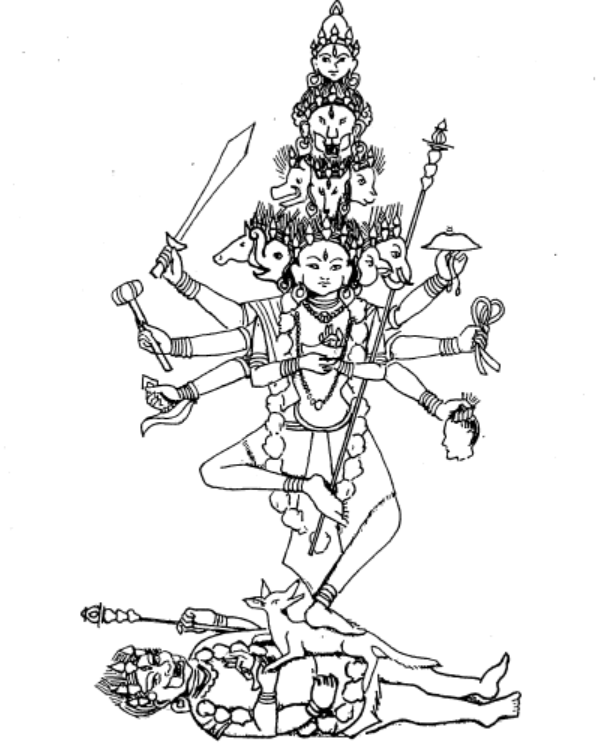ascetic
greek "askēsis" originally "physical practice, athletic training".
A sage who practices austerity.
In various Indian philosophies from Shaktism to Ayurveda, the concept of Tapas (तपस्), "penance", "ascetism", "austerity", "practice of self denial" is essential.
In Khmer religious philosophy, អនង្គណ angkana is the state of being without defilement, a person without defilement, pure. ព្រះពុទ្ធអរហន្ត The Buddha Arahant is the great blessing of having all defilements removed.



